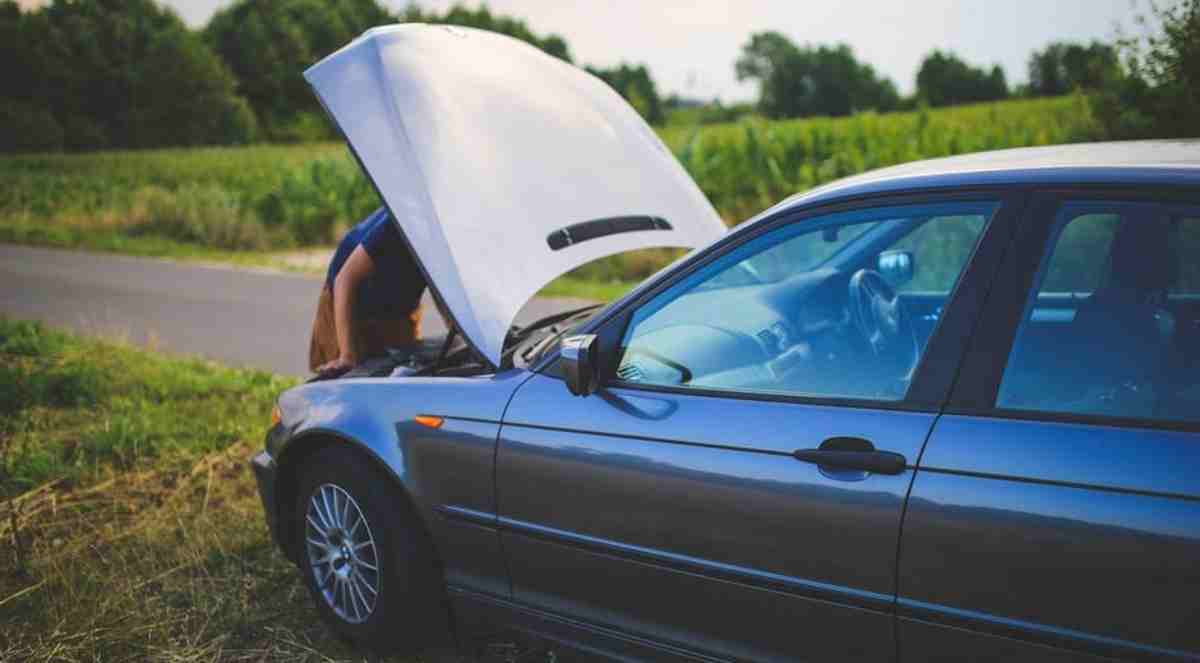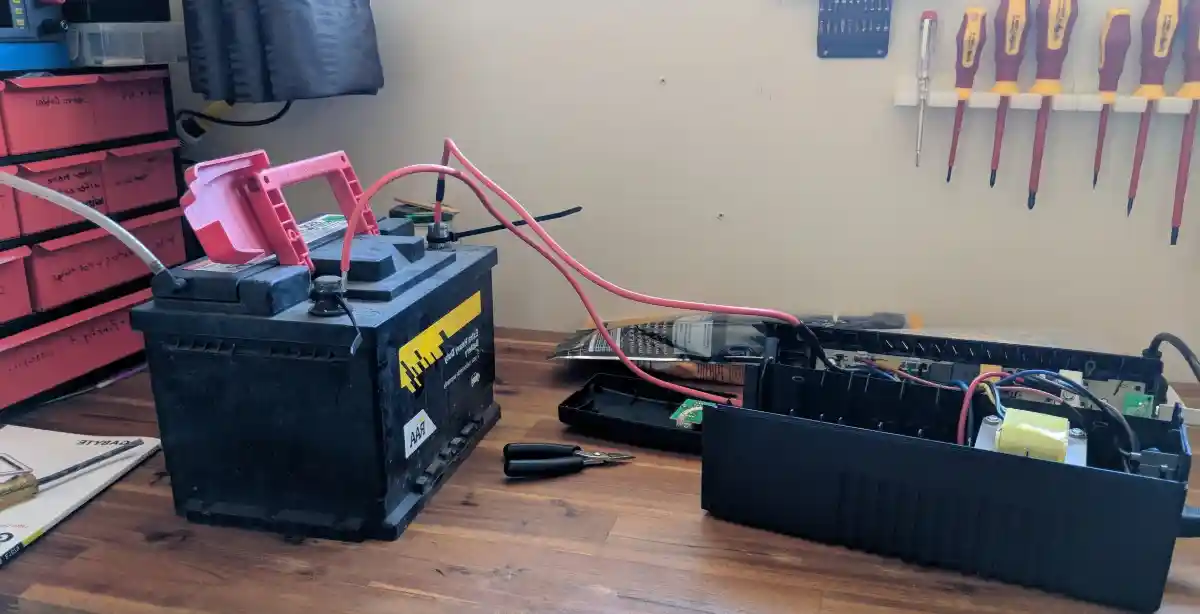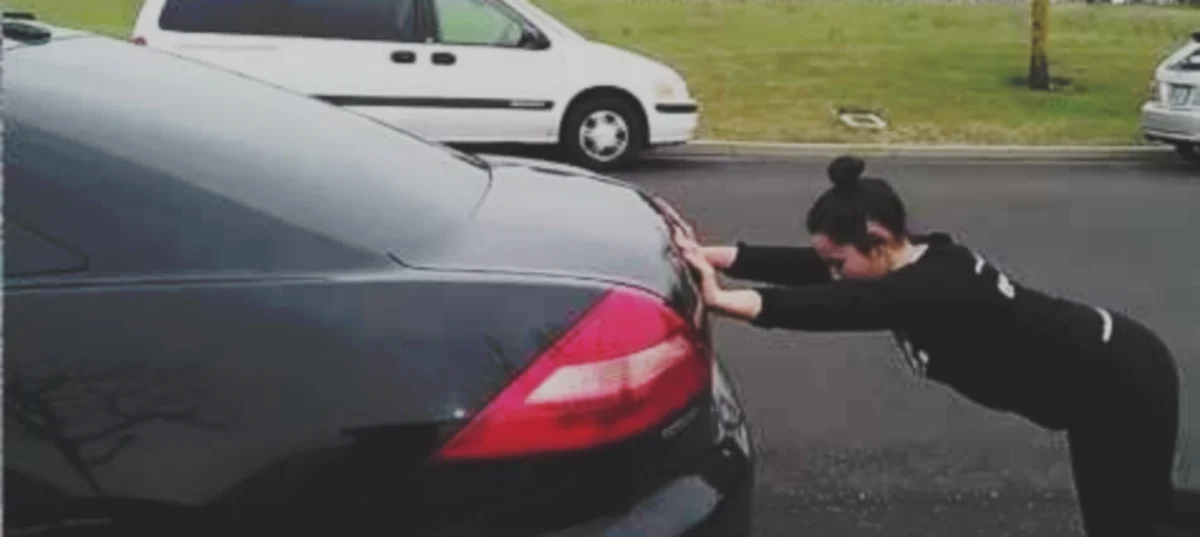This publication explains the reason your automatic car stalls in reverse. Like a manual, an automatic transmission car will stall when you try to reverse.
A stalling automatic vehicle in reverse is generally an issue with the amount of air, amount of fuel, or electric spark getting to different parts of the car engine.
If your auto transmission vehicle stalls occasionally in reverse, it does not necessarily imply a faulty car. However, repeated stalling warrants an investigation by a qualified mechanic.
Read also: the truth behind a car struggling to start but running fine
Have in mind that an automatic car can stall in any gear.

Why automatic car stalls in reverse and how to fix
In this section, we look at the various causes of the stalls when you put your automatic transmission car in reverse:
-
Vehicle moving in wrong gear direction
Your automatic engine will stall if the car is moving the wrong way for the gear. For instance, if you start a reverse gear while the car faces down on a steep hill, a stall may occur.
Solution
In this case, put the car in gear to recover from a reverse stall. Keep the vehicle stable using the handbrake, restart it and remove the handbrake before you move it.
-
Transmission fluid line clogging
An auto transmission car stalling when put in reverse can be a transmission problem since the stalling occurs in reverse.
Read also: the myth of pushing an auto transmission vehicle
The transmission cooler circuit may be blocked or the transmission fluid is bad, causing your automatic vehicle to stall annoyingly.
Since your car is an automatic transmission, a fluid coupling referred to as a torque converter replaces the purpose of a traditional clutch in a manual transmission.
The input and stator shafts clearance can result in oil draining from the torque converter when you do not use the car for a long time.
The torque converter is filled up with oil during a cold start and the air is trapped in the torque converter, locking the system responsible for your stalling car in reverse.
Solution
To fix the problem, it is advisable to reinstate the transmission fluid circuit to its original condition. Simply replace the clogged cooler line or replace the transmission fluid to stop your automatic car from stalling.
-
Blocked fuel injectors
Clogged fuel injectors will cause an automatic car to stall in reverse. Fuel injectors are at the receiving end of the fuel system circuit, so they get affected.
Read also: tips to drive an automatic in snow
That is to say that clogged fuel pump strainer and clogged fuel filter affect the fuel injector due to the entering foreign objects.
When your automatic transmission car fuel injector clogs, it will not properly atomize the gas. Instead, it merely dribbles inside the piston cylinders, resulting in improper air and fuel mixture. This is also cause why automatic stalls in reverse.
Solution
The simple solution to stop your auto trans car from stalling is to clean the fuel injectors using a cleaner. In extreme cases, you have to replace the fuel injectors.
-
Earthing connection problem
If the terminals of your automatic car are corroded, there will be poor earth connection at different parts of the car. This also results in several trouble codes that make the vehicle stall. In extreme cases, the car will not even start at all.
Solution
The simple fix for this is to inspect the car for poor earth connection between the chassis earth point and earth lead or the transmission housing. Cleaning the earth points may also get rid of the trouble codes.
-
Clogged fuel filter
The fuel filter in an automatic cat keeps fuel running smoothly in the engine. However, if clogged by foreign particles, it reduces fuel pressure and fuel flow rate, which can cause your car to stall in reverse.
Solution
The solution is to clean the fuel filter. You need to conduct good maintenance of the car regularly to keep the dust matter away. You may have to get a replacement filter if it is aged or damaged.
-
Malfunctioning idle control valve
If the IACV (idle air control valve) is faulty, an automatic car can stall when in reverse. IACV is a small valve typically operated by a stepper motor the car ECM (Electronic control module) controls.
IACV bypasses the throttle butterfly valve to control the airflow to maintain the idle speed of the engine.
However, IACV is exposed to foreign particles such as dirt, oily substance, and dust. This affects the valve and prevents it from operating smoothly to control the airflow. Thus, your auto transmission vehicle will stall in reverse.
Solution
In this case, the solution is to clean the IACV using a spray cleaner. You may need a replacement IACV if the old one is damaged. Avoid the adjusting screws on the IACV to prevent altering the air-fuel ratio.
-
Bad fuel pump
A fuel pump in bad condition could be the reason your automatic car stalls in reverse. It may not be discharging the fuel at the proper pressure, so does not deliver fuel as needed.
A clogged fuel pump strainer does not allow fuel to flow through it. It can even dislodge the fuel into the fuel pump, which damages the fuel pump impeller blades. This causes insufficient fuel pressure and discharge, forcing the automatic car to stall when in reverse.
Solution
The solution is to replace the fuel pump. This will then ensure proper fuel transfer from the fuel tank to the carburetor or fuel injector of the engine.
-
Failing oxygen sensors
The oxygen or O2 sensors perform what the name implies – sensing the oxygen in the exhaust gases. They then give feedback to the ECM regarding whether the engine is running lean or rich.
Faulty O2 sensors will cause the ECM to incorrectly interpret the air-fuel ratio of the fuel burnt in the combustion chamber. This is also another good reason an automatic car stalls in reverse.
Solution
The solution to the problem is to clean the oxygen sensor using cleaners. Check if the car stops stalling in reverse. Otherwise, you need replacement O2 sensors. This can be technical, so employ the services of a mechanic.
-
Failing ignition system
A faulty ignition system will make an automatic car stall in reverse. An ignition system is responsible for the spark a car needs to ignite the air-fuel mixture for the combustion process.
The ignition system is faulty if the engine misfires before your car stalls and a diagnosis are required.
However, if a component like a spark plug or ignition coil pack, or coil pug wires is bad, the combustion process will cause the automatic vehicle to stall when you put it in reverse.
Solution
First, inspect the car for the failing ignition system. If damaged, get a replacement spark plug, coil plug wires, or ignition coil pack as necessary.
-
Damaged TPS sensor
The TPS (throttle position sensor) can be the reason your automatic car stalls in reverse. The TPS sits on the body of the throttle and senses the throttling input from the driver. It forwards the information to the ECM to adjust the air-fuel mixture according to the driver’s input. Thus, reducing or increasing the vehicle speed.
Read also: signs and causes of gas leak
A failing TPS would send wrong data as though the driver is giving throttle input to the ECM. The ECM fails to enable the IACV needed in idle condition, causing the auto transmission vehicle to stall.
Solution
The simple solution is to replace the bad TPS sensor to properly and directly monitor the throttle position.
Summary
These are the common reasons automatic car stalls in reverse. But if you experience any other issue outside of the ones mentioned here, do well to use the comment section and explain. I will look at it and provide an answer.
![8 Reasons Car Has Trouble Starting After Being Driven [Fix] 8 Reasons Car Has Trouble Starting After Being Driven [Fix]](https://sanedriver.org/wp-content/uploads/2022/07/PicsArt_07-06-02.19.19.jpg)

